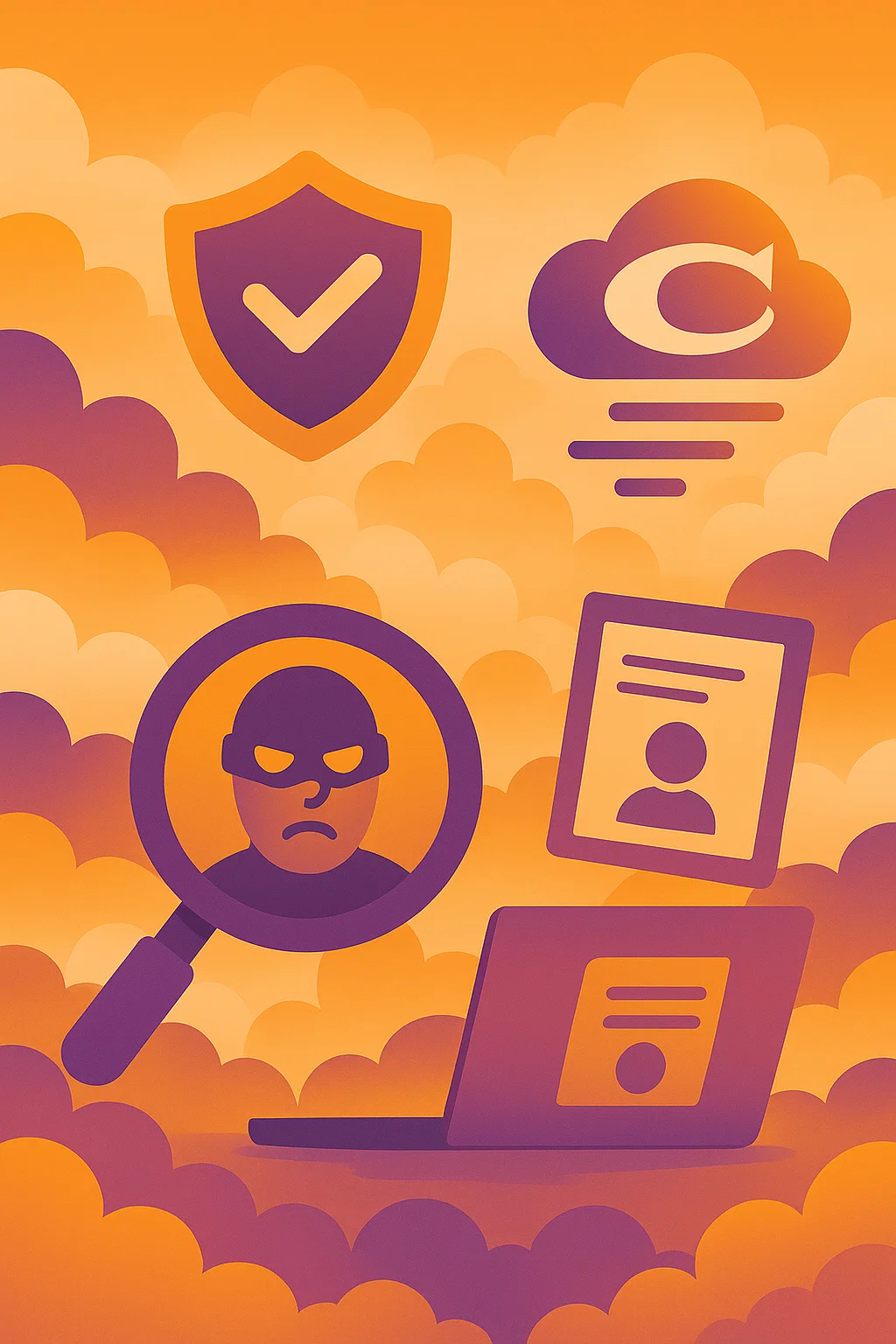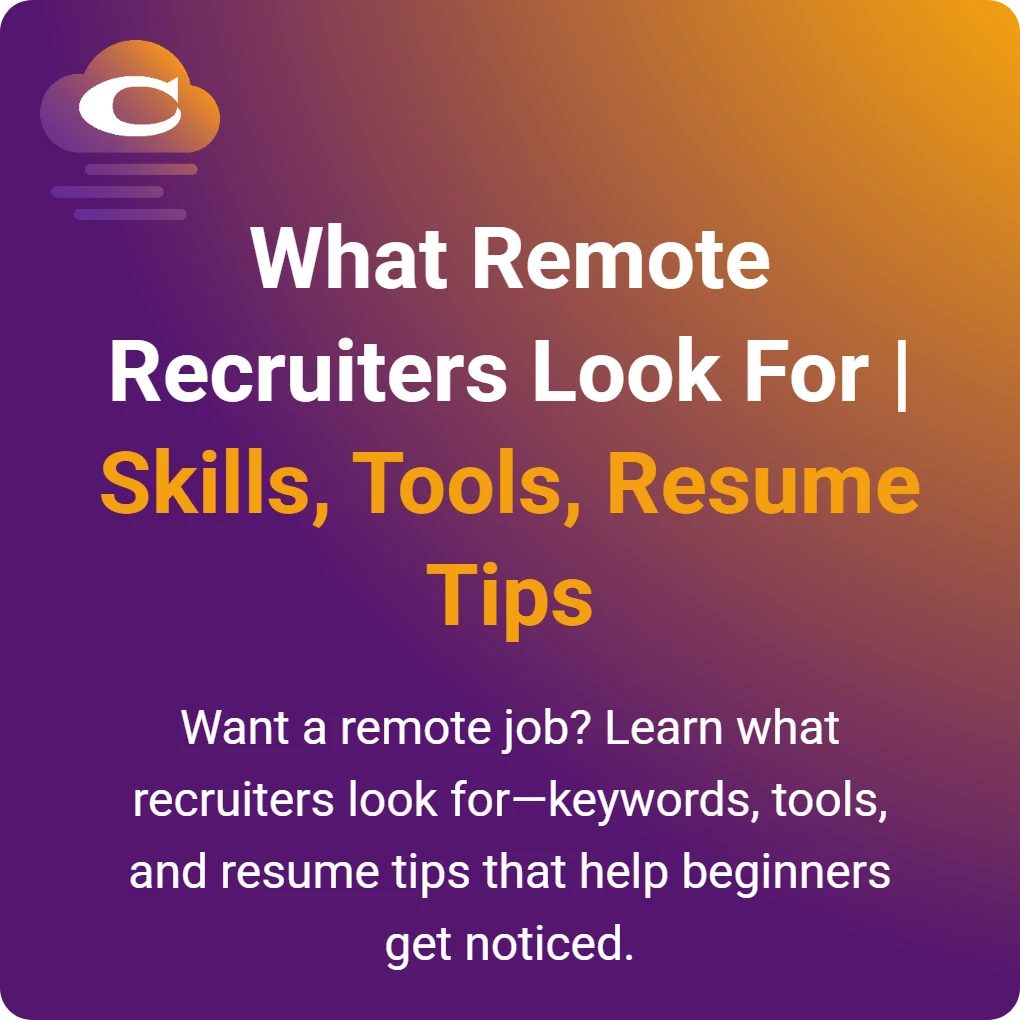Remote work isn’t just a trend — it’s a transformative career path offering flexibility, work-life balance, and access to global job opportunities. Whether you’re starting your freelance journey, shifting to a home-based setup, or simply curious about your options, this guide is your roadmap to getting started.
We’ll walk you through job types, productivity habits, and essential tools to help you succeed. If you’re exploring remote income streams, don’t miss our Remote Business Financial Guide. And once you’re ready to grow further, head over to Advance Your Remote Career for skill-building and leadership development.
Let’s explore the world of remote work — and how to take charge of your future.
Features
Discover the core principles of remote work—its benefits, challenges, and how it’s reshaping today’s workforce.
Uncover the industries with the highest demand for remote roles, explore popular job platforms, and learn expert tips for landing your first remote job.
Equip yourself with must-have tools and software to stay productive, connected, and collaborative in a remote environment.
What is Remote Work?
Remote work—also known as telecommuting or working from home—empowers professionals to break free from the constraints of traditional office spaces. By leveraging digital tools and flexible work hours, remote employees can operate from virtually anywhere, crafting an environment that aligns with their personal and professional needs.
The rise of remote work isn’t just a passing trend. Thanks to advancements in technology and collaboration software, industries such as technology, marketing, education, healthcare, and customer service now actively embrace remote roles. This shift has opened doors for individuals seeking greater autonomy and work-life balance.

If you are not limited by a specific office location, you can look anywhere in the country or anywhere on the globe.
Nicole McCabe – Vice President at SAP
The freedom and flexibility that come with remote work make it an attractive career path for professionals looking to reshape their work environment. Whether you’re considering a full-time remote position or blending freelance projects into your career, remote work offers endless possibilities.
Types of Remote Jobs
Remote work isn’t limited to one career path—opportunities span industries, job types, and work arrangements. Whether you’re seeking freelance flexibility, a full-time remote position, or side gigs to supplement your income, the remote job market is rich with possibilities.
Common Types of Remote Jobs:
Features
Work independently on contracts in areas like writing, graphic design, programming, and consulting. Freelance platforms such as Upwork and Fiverr connect professionals with clients globally.
Secure permanent positions with companies in sectors like marketing, customer service, software development, and project management. Many organizations now offer fully remote or hybrid models.
Engage in short-term projects or flexible roles such as virtual assistance, online tutoring, content moderation, or user testing. This path is ideal for those balancing multiple responsibilities.
Top Industries for Remote Work:
- Technology – Roles in software development, IT support, data analysis, and cybersecurity lead the charge in remote hiring.
- Marketing & Content Creation – Digital marketing, SEO, copywriting, and social media management continue to thrive remotely.
- Education – Online tutoring, e-learning content creation, and virtual teaching roles are growing rapidly.
- Customer Service – Many companies rely on remote teams for customer support, chat assistance, and technical helpdesks.
Tips for Finding Your First Remote Job:
Checklist
Explore More:
Essential Skills for Remote Work
Succeeding in a remote career requires more than technical know-how. Remote professionals must cultivate a blend of soft skills and digital fluency to stay productive, collaborate effectively, and thrive in distributed teams. Whether you’re freelancing or working full-time remotely, honing these essential skills will set you apart.
Key Skills for Remote Work Success:
Features
Clear and proactive communication is essential for remote collaboration. Master tools like Slack, Zoom, and Microsoft Teams, and practice clear, concise messaging.
Manage your schedule effectively with tools like Trello and Notion. Use time-blocking to allocate periods for focused work, meetings, and breaks.
Gain proficiency in tools like Google Workspace and project management platforms. Stay updated with evolving technologies to enhance your workflow.
Be flexible and open to new tools and workflows. Develop problem-solving skills to address challenges and work independently.
Why These Skills Matter
Remote work isn’t just about completing tasks—it’s about excelling in a virtual environment that requires self-motivation, organization, and collaboration. By mastering these core competencies, you’ll position yourself as a valuable asset in any remote team, regardless of industry.
Would you like to expand on specific tools or add examples of how to develop these skills further? Look into our Advance Your Remote Career page!
Setting Up for Success
Your remote work environment plays a critical role in your productivity and overall satisfaction. By creating the right setup and adopting effective habits, you can set yourself up for long-term success in your remote career.
Home Office Essentials
A well-designed workspace boosts focus and helps separate your work and personal life. Here’s what you need:
Checklist
Tips to Stay Focused
Staying focused while working remotely can be challenging, as the flexibility it offers often requires extra structure and discipline. To maintain productivity, it’s essential to implement strategies that keep you on track.
Start by creating a daily schedule. Set clear start and end times for your day and break it down into task blocks. Incorporating regular breaks is key—schedule 5-10 minute intervals throughout your workday to refresh your mind and reduce burnout. The 20-20-20 rule is an effective technique: every 20 minutes, look at something 20 feet away for 20 seconds to give your eyes a rest.
Make use of productivity tools to manage your time effectively. Apps like Focus@Will, Pomodoro timers, and Toggl Track can help you stay focused, while task managers like Trello, Asana, or Notion allow you to prioritize tasks and track your progress. Need tool ideas? Explore our Work From Anywhere Tools & Resources page for curated apps and templates.
Setting boundaries is another important strategy. Communicate your work hours clearly to family members or housemates and establish “do not disturb” periods to minimize interruptions during focused work time.
Lastly, keep your workspace decluttered. An organized desk free of distractions fosters a more focused, stress-free environment.
Pro Tips for an Optimized Home Office
Features
Position your desk near a window to reduce eye strain and improve mood. If natural light isn’t available, use an adjustable desk lamp.
Greenery and personal touches make the space inviting and boost productivity. Small decor changes can improve mental well-being.
Use a standing desk or desk converter to alternate between sitting and standing. This promotes circulation and reduces the risks of prolonged sitting.
Your home office setup is the foundation for productivity and well-being. By investing in the right tools and cultivating healthy habits, you can perform at your best while enjoying the flexibility remote work offers.
Building a Remote-Friendly Resume
When applying for remote roles, your resume needs to show more than just your skills—it must prove you can thrive in a remote setting. A remote-friendly resume demonstrates your digital fluency, communication strengths, and ability to work independently. Here’s how to make yours stand out:
Checklist
🎯 Want to build a standout resume for remote roles? Our Work From Anywhere Tools & Resources page has resume builders and portfolio tools to help you present your best remote-ready self.
Finding Remote Job Opportunities
The demand for remote work continues to surge, creating abundant opportunities across industries. However, landing your ideal remote role requires knowing where to search and how to stand out.
Trusted Platforms for Remote Work
Explore these reliable platforms to find legitimate remote jobs suited to various career paths:
List of external links
Also take a look at Remote Job Opportunities
Tips to Avoid Scams
Remote work opens doors to incredible opportunities, but it’s essential to stay alert and safeguard yourself from fraudulent job postings. One of the best ways to protect your career is by thoroughly researching potential employers. Take time to verify the legitimacy of a company by exploring their official website, checking for an active LinkedIn presence, and reading employee reviews on platforms like Glassdoor.
A clear red flag to watch for is any request for upfront payments. Reputable companies and job platforms will never ask you to pay to apply for or secure a position. Be especially cautious if you’re asked to purchase software or training materials out of pocket before you’ve been hired.
Another way to minimize risk is to stick to trusted, well-established platforms that screen and verify job listings. Sites like We Work Remotely or LinkedIn offer a layer of protection by curating legitimate remote job opportunities. In contrast, avoid lesser-known websites that lack transparency or credibility.
Finally, if a job offer sounds too good to be true—boasting extraordinarily high pay for little effort—it probably is. Trust your instincts, and don’t hesitate to scrutinize offers that seem unrealistic. By staying informed and vigilant, you can confidently navigate the remote job market while steering clear of potential scams.
Also read: A Guide to Negotiating Rates & Avoiding Scams as a Freelancer
Overcoming Challenges of Remote Work
While remote work offers unparalleled flexibility and freedom, it comes with unique challenges that require proactive solutions. By recognizing and addressing these obstacles, you can build a more sustainable and fulfilling remote work experience.
Common Challenges and How to Tackle Them
Features
Without the daily interactions of an office, remote workers often experience feelings of isolation. This lack of social engagement can impact mental well-being and productivity.
Home environments come with distractions—whether it’s household chores, family members, or personal devices. Without clear boundaries, productivity can suffer.
Without direct oversight, staying focused and motivated can be challenging. Self-discipline and organization are key to remote success.
Work-Life Balance
- How to Combat Isolation – Join Online Communities – Engage in forums or Slack groups dedicated to remote workers. Platforms like Remotive and Remote-how offer networking opportunities.
- How to Minimize Distractions – Use Focus Tools – Apps like Freedom or Focus@Will block distracting websites and boost concentration.
- How to Boost Productivity – Leverage Productivity Tools – Platforms like Trello, Asana, and Monday.com help organize tasks and track progress.
- How to Maintain Balance – Log off at set hours daily to separate work from personal time. Engage in rituals like a walk or meditation to mark the end of the day.
Overcoming these common remote work challenges is crucial for long-term success and well-being. By implementing these solutions, you’ll create a more balanced and productive remote work lifestyle.
Additional Tips for Long-Term Success
Achieving long-term success as a remote worker involves continuous growth, open communication, and self-reflection. By adopting these strategies, you can stay competitive, motivated, and aligned with your professional goals.
Features
Enroll in online courses on Coursera, Udemy, or LinkedIn Learning. Focus on skills that keep you relevant. Attend virtual events and explore leadership or tech skills to diversify your expertise.
Regularly update your manager on progress and use Slack, Zoom, or Teams to collaborate with your team. Request feedback to foster growth and trust within your workplace.
Reflect monthly on productivity and well-being. Reinforce successful habits and adjust ineffective routines.
Ready to Begin?
Start your journey with confidence! Explore our curated resources, learn new skills, and connect with a community of remote workers to build a career that suits your lifestyle.
Explore More: Skill Development Resources | Freelancing Guidance | Remote tools
Ready to take your next step? Discover Remote Job Opportunities













